- No products in the cart.
Ibuklin Junior Table dispersing. (For children) 100 + 125 mg of 20 pcs
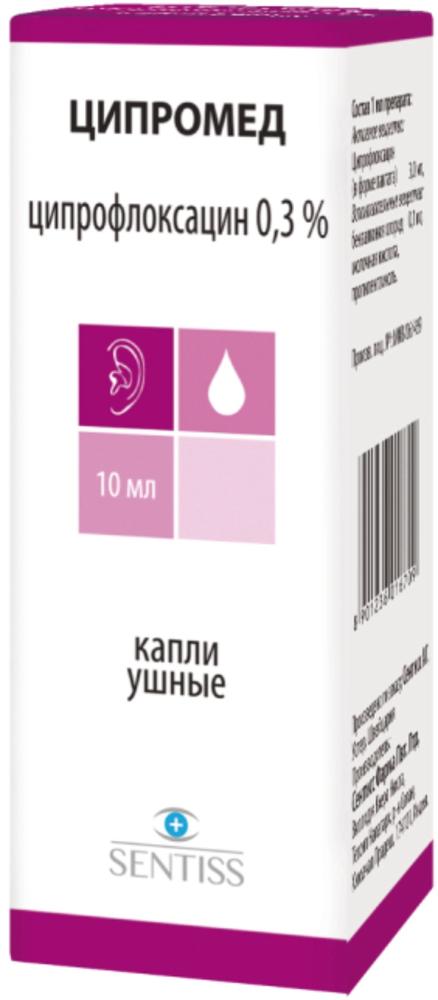
Tsipromed ushn drop. 0.3% 10ml-vial cap.
$2.95
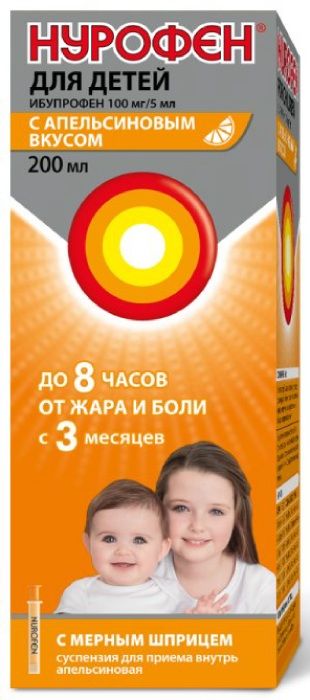
Nurofen for children oral suspension 100mg / 5ml 200ml fl.plast with a syringe dosing orange
$5.59
$2.18
Ibuklin Junior Table dispersing. (For children) 100 + 125 mg of 20 pcs
Description
Composition
Active substance:
ibuprofen 100 mg, paracetamol 125 mg.
Excipients:
Microcrystalline cellulose 20 mg Corn starch 59.04 mg, 5 mg lactose, carboxymethylstarch sodium (Type A) 30 mg carmine dye (Ponceau 4R) (E124) 0.2 mg, 2 mg glycerol, colloidal silicon dioxide 5 mg flavor orange DC PH 100 1.6 mg, pineapple flavor DC PH 106 2.5 mg of peppermint leaf oil 0.66 mg, aspartame 10 mg magnesium stearate 1 mg, 3 mg of talc.
Description:
Round tablet Valium pink color interspersed with, and Valium chamfered on one side, with a characteristic odor.
Product form:
Dispersible Tablets [children] 100 mg + 125 mg.
10 tablets in a blister made of PVC / Al.
2 blisters together with instructions for use in a cardboard pack.
Contraindications
Increased individual sensitivity to the drug (including to other NSAIDs), gastric ulcer and duodenal ulcer in an exacerbation phase, full or partial combination of asthma, recurrent nasal polyposis and paranasal sinuses and intolerance to acetylsalicylic acid or other NSAIDs (including , history), severe renal impairment (creatinine clearance less than 30 mL / min), optic nerve damage, genetic absence of glucose-6-phosphate dehydrogenase, blood disease, since swipe Ia aortocoronary bypass, progressive renal disease, severe liver failure or active liver disease, confirmed hyperkalemia, active gastrointestinal bleeding, inflammatory bowel disease, children (up to 3 years).
Carefully:
Chronic heart failure, cerebrovascular disease, dyslipidemia / hyperlipidemia, diabetes mellitus, peripheral arterial disease, smoking, CC less than 60 ml / min, ulcerative lesions of the gastrointestinal tract in the history, the presence of Helicobacter pylori infection, prolonged use of NSAIDs, alcoholism, severe somatic disorders , simultaneous oral corticosteroids (including prednisone), anticoagulants (including warfarin), antiplatelet agents (including acetylsalicylic acid, clopidogrel ), Selective serotonin reuptake inhibitors (including, citalopram, fluoxetine, paroxetine, sertraline).
Indications
Feverish syndrome.
Pain syndrome weak or moderate intensity of different etiology: toothache, pain, sprains, dislocations, fractures.
As a subsidiary of a medicament for the treatment of painful and febrile syndrome, sinusitis, tonsillitis, acute infectious and inflammatory diseases of the upper respiratory tract (throat, tracheitis, laryngitis).
Interaction with other drugs
With the simultaneous application of the drug Ibuklin Yunior® medicine may develop various interaction effects.
Long-term use of combined with paracetamol increases the risk of nephrotoxic effects.
The combination with ethanol, corticosteroids, corticotropin increases the risk of erosive and ulcerative lesions gastrointestinal tract.
Ibuprofen increases the effects of direct (heparin) and indirect (coumarin derivatives and indandiona) anticoagulants, thrombolytic agents (alteplase, anistreplase, streptokinase, urokinase), antiplatelet agents, colchicine – increases the risk of bleeding complications.
It enhances the hypoglycemic effect of insulin and of oral hypoglycemic drugs.
Attenuates the effects of antihypertensive drugs and diuretics (due to renal prostaglandin synthesis inhibition). Increases the blood concentration of digoxin, drugs lithium and methotrexate.
Caffeine increases the analgesic effect of ibuprofen.
Cyclosporine and drugs increase the nephrotoxicity of gold.
Cefamandole, cefoperazone, cefotetan, valproic acid, plicamycin increase the incidence hypoprothrombinemia.
Antacids and colestyramine reduced drug absorption.
Mielotoksicskie drugs promote display gematotoksichnosti drug.
Overdose
Symptoms: gastrointestinal disorders (abdominal pain, diarrhea, nausea, vomiting, anorexia, epigastric pain), increased prothrombin time, bleeding after 12-48 hours, lethargy, drowsiness, depression, headache, tinnitus, impaired consciousness , abnormal heart rhythm, blood pressure, symptoms, and hepato-renal toxicity, seizures may develop gepatonekroz.
Treatment: gastric lavage within the first 4 hours; alkaline water, forced diuresis; activated carbon inside administering donators SH-groups and precursors of glutathione synthesis – methionine through 8-9 hours after the overdose and N-acetylcysteine intravenously into or – after 12 hours, antacids; hemodialysis; symptomatic therapy. The need for additional therapeutic interventions (methionine further administration, intravenous administration of N-acetylcysteine) is determined depending on the blood concentration of paracetamol, as well as on the time elapsed after administration.
pharmachologic effect
Pharmacological group:
Analgesic combined (NSAIDs are non-narcotic analgesic agent +).
Pharmacodynamics:
Combination drug action is due to its constituent components.
Ibuprofen – nonsteroidal anti-inflammatory drug (NSAID), has analgesic, anti-inflammatory, antipyretic effect. Inhibiting the cyclooxygenase (COX) 1 and 2, gives the arachidonic acid metabolism, reduces the amount of prostaglandins (mediators of pain, inflammation and hyperthermic reaction) both in inflammation and in healthy tissue, inhibits the exudative and the proliferative phases of inflammation.
Paracetamol blocks COX non-selectively, mainly in the central nervous system, a weak influence on the water-salt exchange and the mucosa of the gastrointestinal tract (GIT). It has analgesic and antipyretic effect. The inflamed tissues neutralized peroxidase effect of paracetamol on COX 1 and 2, which explains the low anti-inflammatory effect.
Effectiveness of the combination is higher than the individual components.
Pharmacokinetics:
Ibuprofen.
Absorption – high, rapidly and almost completely absorbed from the gastrointestinal tract (GIT). The time to reach maximum concentration (TCmax) after ingestion – about 1-2 hours. Communication with plasma proteins – more than 90%. The half-life (T1 / 2) -. About 2 hours slowly penetrates into the joint cavity, accumulates in synovial fluid, creating in it a higher concentration than in blood plasma. After absorption of about 60% pharmacologically inactive R-form is transformed slowly into the active S-shape. Metabolized. More than 90% of kidney (unchanged no more than 1%) and, to a lesser extent in bile as metabolites and their conjugates.
Paracetamol.
Absorption – high, communication with plasma proteins – less than 10% and increases slightly in overdose. Sulfate and glucuronide metabolites do not bind to plasma proteins even in relatively high concentrations. The value Cmax – 5-20 ug / ml, TCmax – 0,5-2 hours. Sufficiently uniformly distributed in body fluids. It penetrates the blood-brain barrier.
Approximately 90-95% of the paracetamol is metabolized in the liver to inactive conjugates glucuronic acid (60%), taurine (35%) and cysteine (3%) and small amounts of hydroxylated and deacetylated metabolites. A small portion of the drug is hydroxylated microsomal enzymes to form a highly active N-acetyl-n-benzoquinoneimine which binds to glutathione sulfhydryl groups. When glutathione depletion in the liver (overdose) hepatocytes enzyme system may be blocked, leading to the development of necrosis.
T1 / 2 -. 3.2 h excreted by the kidneys, preferably in the form of glucuronide and sulfate conjugates (less than 5% – unchanged). The breast milk penetrates less than 1% of the dose of paracetamol. Children have the ability to form conjugates with glucuronic acid is lower than in adults.
Pregnancy and breast-feeding
If necessary, use Ibuklin Yunior® during pregnancy and lactation (breastfeeding) should carefully weigh the potential benefits of therapy for the mother and the potential risk to the fetus or child.
If necessary, use in the I trimester of pregnancy should be excluded long-term use of the drug Ibuklin Yunior®.
If necessary, short-term use of the drug Ibuklin Yunior® lactation weaning usually not required.
In experimental studies have established embryotoxic, teratogenic and mutagenic action of the drug Ibuklin Yunior® components.
Conditions of supply of pharmacies
On prescription.
side effects
preparation is generally well tolerated in therapeutic doses.
From the digestive system: rarely – diarrhea phenomenon, long-term use at high doses – hepatotoxic effects.
From the hematopoietic system: rarely – thrombocytopenia, leukopenia, pancytopenia, neutropenia, agranulocytosis.
Allergic reactions: seldom – skin rash, itching, hives.
When side effects should stop taking the drug and consult a doctor.
special instructions
The usefulness of the drug as an antipyretic decided in each case depending on the extent, nature and tolerance of febrile syndrome.
Ibuprofen may mask the objective signs of infectious diseases, so ibuprofen therapy in patients with infectious diseases should be administered with caution.
To reduce the risk of adverse effects on the gastrointestinal tract should use the lowest effective dose of the lowest possible short course.
With simultaneous use of anticoagulants indirect indicators of blood coagulation must be controlled.
Avoid joint drug administration Ibuklin Yunior® with other NSAIDs.
With long-term (over 5 days) taking the drug requires monitoring of peripheral blood and functional state of the liver.
The preparation may distort the results of laboratory tests for the quantitative determination of glucose, uric acid in blood serum, a 17-ketosteroids (requires removal of the drug for 48 h before the test).
Effect on driving ability
During treatment, the patient should refrain from activities potentially hazardous activities that require increased attention and psychomotor speed reactions.
Storage conditions
In the dark place at a temperature not higher than 25 ° C.
Keep out of the reach of children!
Dosing and Administration
The drug is taken orally. Before use Ibuklin Yunior® tablet should be dissolved in 5 mL (1 teaspoon) of water. The daily dose is taken in 2-3 doses. The minimum time interval between doses of the drug – 4 hr.
Children older than 3 years.
Single dose – 1 tablet. The daily dose depends on the age and weight of the child: 3-6 years (13-20 kg) – 3 pills a day; 6-12 years (20-40 kg) – up to 6 tablets per day.
When renal impairment or hepatic interval between doses of the drug should be at least 8 hours.
The drug should not take more than 5 days as an anesthetic, and more than 3 days as an antipyretic without medical supervision.
Information
Appearance may differ from that depicted in the picture. There are contraindications. You need to read the manual or consult with a specialist
Additional information
| Weight | 0.100 kg |
|---|---|
| Manufacturer | DR.REDDIS |

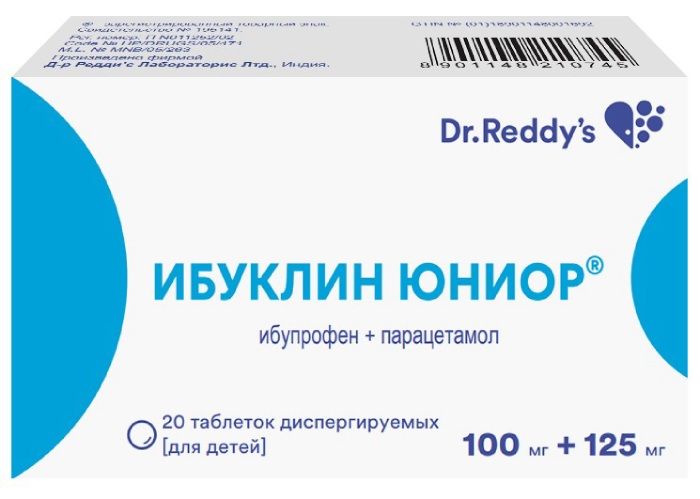
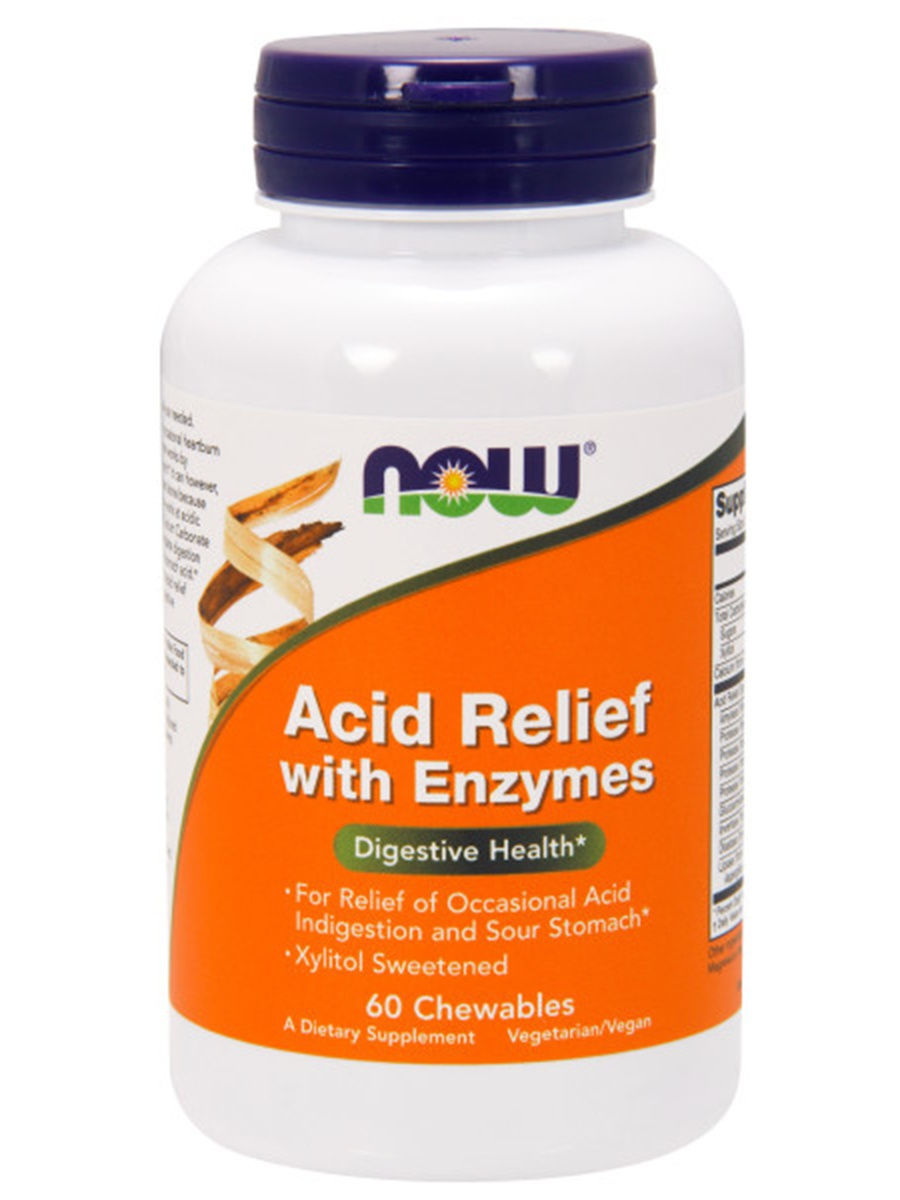
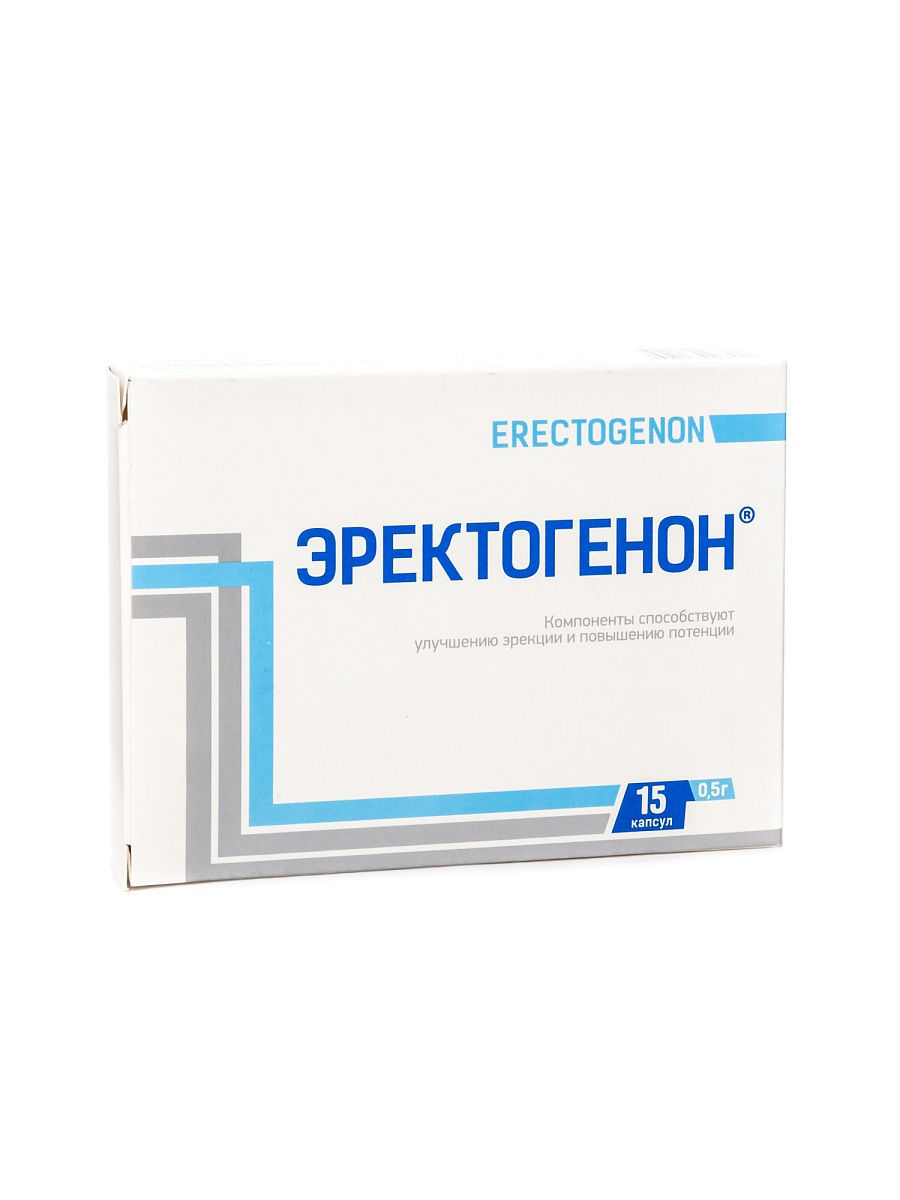
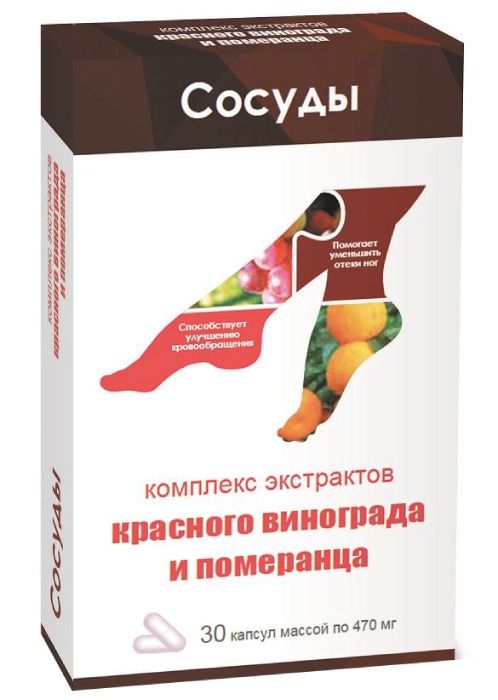
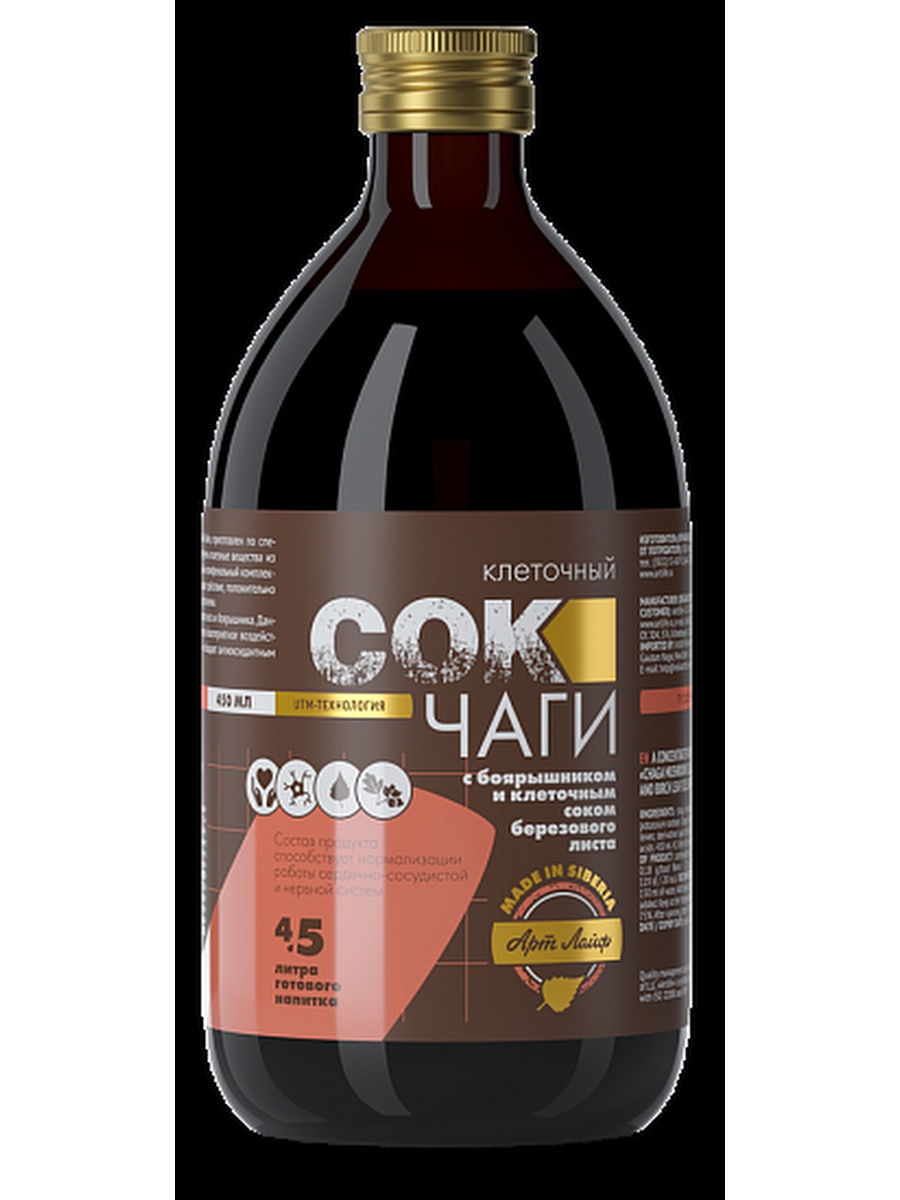
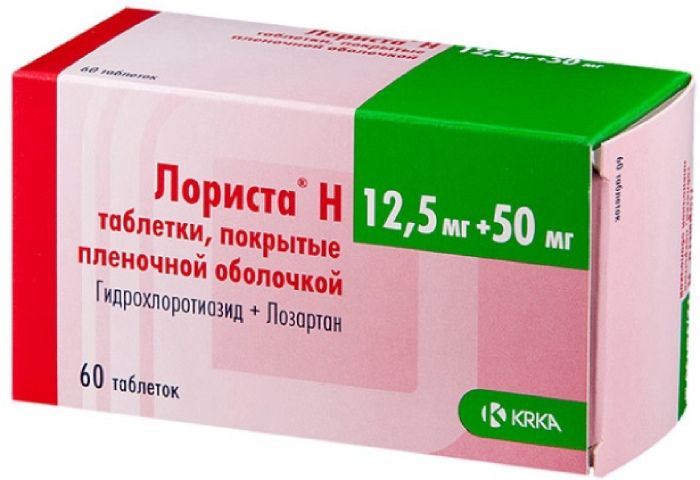
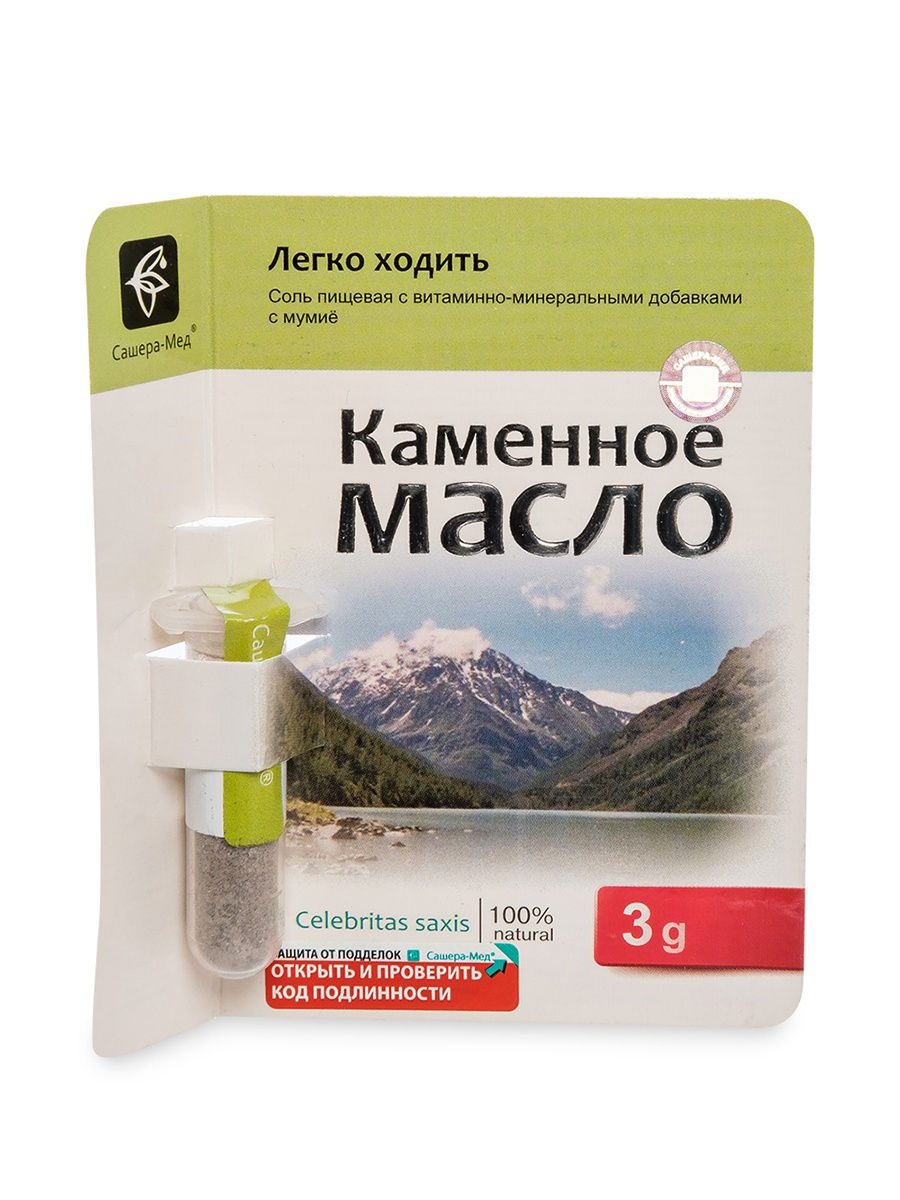




There are no reviews yet.